Rain
In some ways, driving in the rain is similar to driving at night. Drivers have to deal with decreased visibility in both situations. Depending on how hard it's raining, however, rain can be extremely dangerous.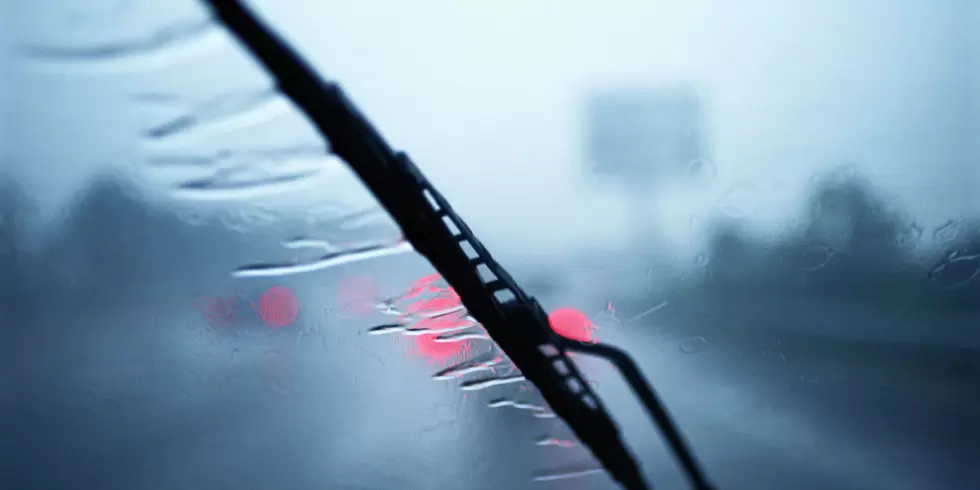
The first thing to remember when it starts raining is your windscreen wipers. Make sure your wiper blades are in good condition and turn them on as the drops begin to hit the windscreen. This will vastly improve your ability to see. Next, don't forget your headlights. Turn on your headlights any time you have your windshield wipers on. In many places, this is required by law.
Be aware of what's happening around you. If it's raining, you're more likely to see accidents or traffic jams on the road. You'll also need to be cautious of hydroplaning, which occurs when your tyres can't get any traction due to the water on the road. This can happen even with less than half an inch of water. You might feel like your car is sliding out of control. If this happens, stay calm. Don't slam on the brakes - take your foot slowly off the accelerator and continue to steer in a straight line.
To avoid hydroplaning, it's best to slow down when it's raining. Higher speeds combined with wet roads and low visibility can cause major accidents. It's sometimes better to go below the speed limit, especially when the rain is heavy.
Snow and ice
Winter weather can be even worse than rain. Snow and ice make roads slippery and dangerous. If you live in a place where it snows often, you already know that it takes some adjustments to drive on frozen roads.
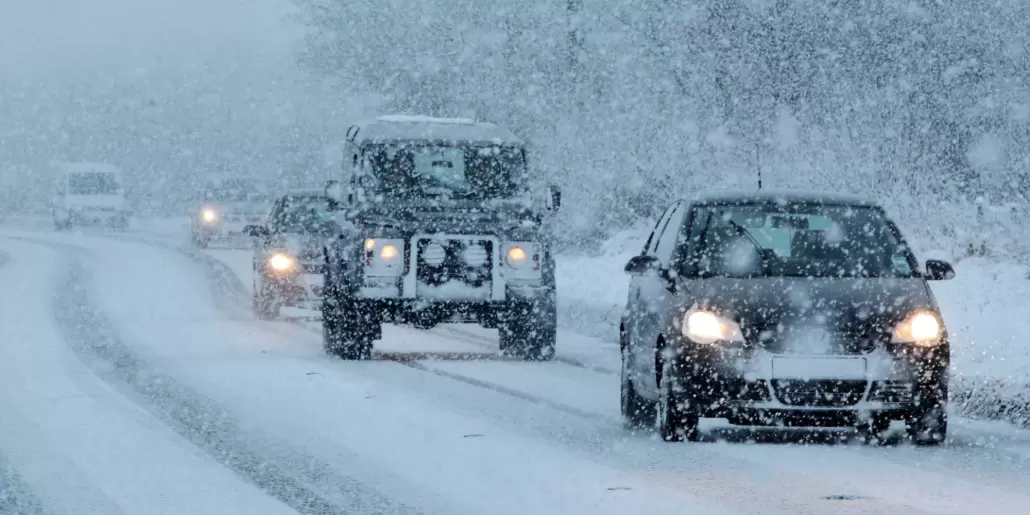 If you drive regularly in colder climates, it's a good idea to invest in snow tyres, and switch to these before winter really hits. Remember to switch them back to regular tyres after winter - they can wear down and they aren't necessary in summer. However, snow tyres are your best weapon against slippery roads.
If you drive regularly in colder climates, it's a good idea to invest in snow tyres, and switch to these before winter really hits. Remember to switch them back to regular tyres after winter - they can wear down and they aren't necessary in summer. However, snow tyres are your best weapon against slippery roads.
Even with snow tyres fitted to your vehicle, it's important to still drive with extreme caution when there's snow and ice on the road. Slippery roads means that when you hit the brakes, it will take longer for your car to slow down. You're also in danger of skidding when you're trying to turn round a corner.
To avoid these hazards, slow down when driving on icy roads. You're less likely to slide around at slower speeds. Avoid braking or turning too quickly, as this can also cause your car to skid out of control.
If it's snowing while you drive, or there are dark clouds in the sky, don't forget to turn on your headlights. Even during the day, you need your headlights on when it's dark outside.
Fog
Fog may not affect the road itself, but it still makes driving difficult. Thick fog limits visibility and can lead to accidents. To make matters worse, many drivers aren't sure what to do when driving through a patch of fog.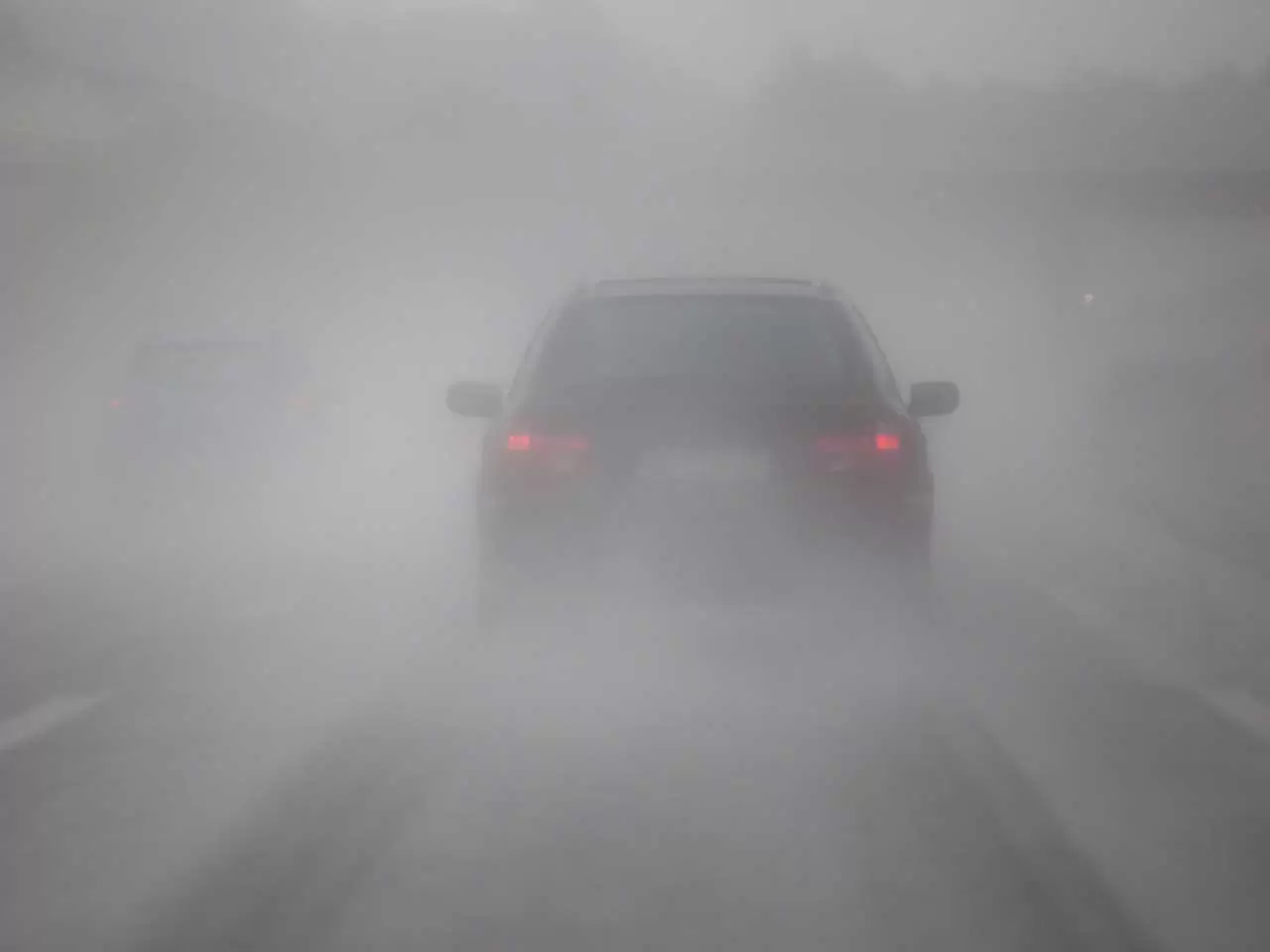
The most important thing when driving in fog, just like rain or snow, is to slow down. Since you can't see as much of the road ahead, you're likely to cause an accident if you're driving too fast. Use extreme caution in thick fog, and drive slower than normal but in a steady fashion.
Drivers often make the mistake of turning their high beams on in fog. You may think that brighter light would help you see better, but this isn't true when it's foggy. The brighter, and sometimes whiter light actually reflects off the moisture in the air and can make it more difficult to see. Instead, turn on your dipped or low beam headlights. If your vehicle is equipped with fog lights, use those. They're dimmer than headlights and cut through the fog more efficiently.
In any adverse weather, having the right headlights is crucial to everyone's safety. Whatever type of headlights you have, you'll want the best bulbs possible to keep you safe in all weather conditions.















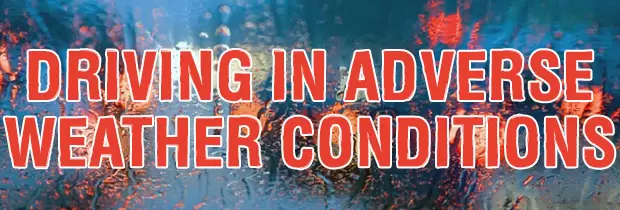

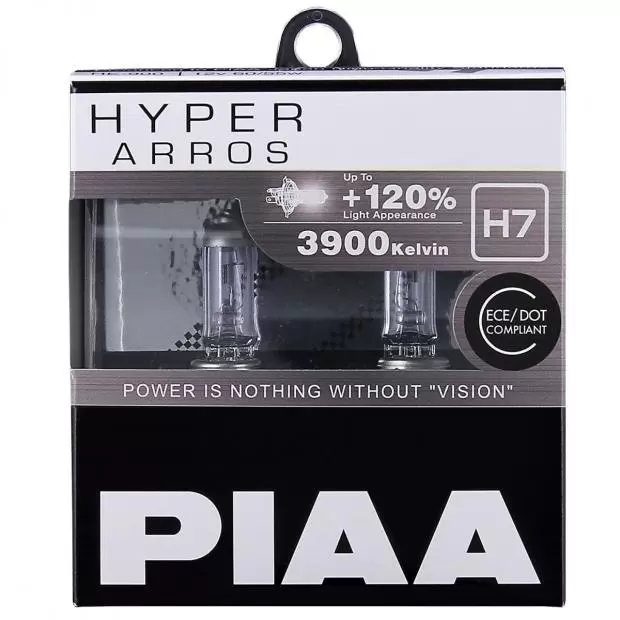












 Close
Close